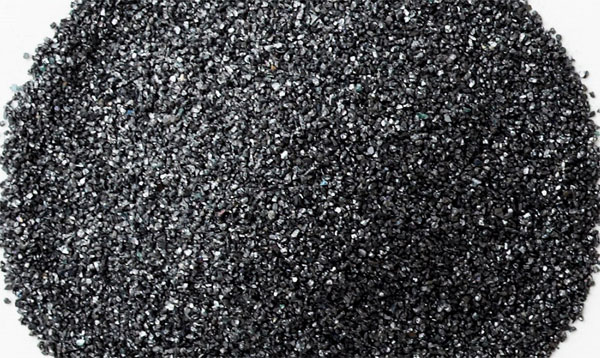
This article covers the uses of silicon carbide in industry, its characteristics, and how it is produced. It also covers its chemical composition. Silicon carbide is an excellent material for lasers, cutting tools, and many other applications. Continuing reading to discover more about the material's applications and features. After reading this article, you'll be able to choose the right silicon carbide for your application.

Silicon carbide is an extremely hard material with a Mohs hardness rating of 9, close to diamond's hardness. It is very resistant to chemical reactions and has high thermal conductivity and strength. Furthermore, it functions as a semiconductor. For this reason, it is widely used in various industrial applications.
Silicon carbide is a semiconductor that can handle high voltages. This property makes it ideal for many electronic applications. Silicon carbide is three times more energetically efficient than ordinary silicon, which means that it can achieve higher breakdown electric fields. Additionally, silicon carbide can hold high voltages at higher temperatures. It also has a low leakage current. Despite its high melting point, silicon carbide is commonly found as a bluish-black crystalline solid containing small amounts of iron and other impurities.
The production methods of silicon carbide for industrial applications include extrusion, cold isostatic pressing and sintering. Once shaped, silicon carbide parts are sintered under vacuum and high temperatures to achieve a high degree of hardness and corrosion resistance. Silicon carbide is produced in a variety of grades. Some are green and some are black. The production process involves preparing the silica powder, mixing it with binder and shaping.
After the ingot is oriented using an X-ray single crystal orientation instrument, it is ground and rounded to a standard angle and diameter. Then it is cut into various thicknesses using a fine diamond wire. The resulting wafers are checked for warp, bow and thickness change.
Silicon carbide is a synthetic compound composed of silicon and carbon. It has a Mohs hardness of nine, making it very hard and resistant to chemical reactions. It is also very heat resistant and strong. Its properties make it an excellent material for cutting and machining tools. It has been used since the late nineteenth century in tools and cutting tools, refractory linings in industrial furnaces, wear-resistant parts of pumps and rocket engines, and as a semiconductor substrate.
Silicon carbide is formed in two polymorphs. The first is alpha silicon carbide, which is formed at temperatures above 1700 degC. It has a hexagonal crystal structure, similar to that of diamond and Wurtzite. The second is beta silicon carbide, which is formed at temperatures below 1700 degC. This material is less dense than alpha silicon carbide, and has limited commercial applications, but is increasingly used as a catalyst support in various applications.

Write a Message